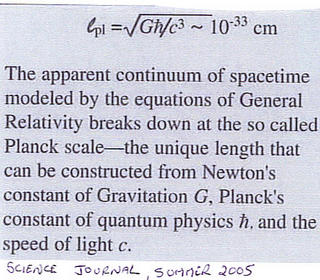Helium-3 (He-3, sometimes called tralphium[1]) is a light, non-radioactive isotope of helium with two protons and one neutron. It is rare on the Earth, and it is sought for use in nuclear fusion research. The abundance of helium-3 is thought to be greater on the Moon (embedded in the upper layer of regolith by the solar wind over billions of years)[citation needed], though still low in quantity (28 ppm of lunar regolith is helium-4 and from one ppb to 50 ppb is helium-3)[2][3], and the solar system's gas giants (left over from the original solar nebula).
Materials on the Moon's surface contain helium-3 at concentrations on the order of between 1.4 and 15 ppb in sunlit areas,[41][42] and may contain concentrations as much as 50 ppb in permanently shadowed regions.[3] A number of people, starting with Gerald Kulcinski in 1986,[43] have proposed to explore the moon, mine lunar regolith and use the helium-3 for fusion. Recently, companies as Planetary_Resources have also stated to be interested in mining helium-3 on the moon. Because of the low concentrations of helium-3, any mining equipment would need to process extremely large amounts of regolith (over 150 million tonnes of regolith to obtain one ton of helium 3),[44] and some proposals have suggested that helium-3 extraction be piggybacked onto a larger mining and development operation
As Plato's Nightlight mining company it is always of interest of what proposals are put forward that such ventures become of interest to providing for life being lived on the moon. Materials for construction there and delivery to earth.
It is always of interest too, that the long range livability of the conditions for human life would have a longer goal term of mining for Helium 3 through a longer approach for sustenance as a by product of that venture.

Clementine color ratio composite image of Aristarchus Crater on the Moon. This 42 km diameter crater is located on the corner of the Aristarchus plateau, at 24 N, 47 W. Ejecta from the plateau is visible as the blue material at the upper left (northwest), while material excavated from the Oceanus Procellarum area is the reddish color to the lower right (southeast). The colors in this image can be used to ascertain compositional properties of the materials making up the deep strata of these two regions. (Clementine, USGS slide 11)
Precursors to research and development are a historical basis to the point where research development is now and part of that is elemental assessment of what we can gain from the environment of the moon.
The orbiter, known as LRO, separated from the Atlas V rocket carrying it and a companion mission, the Lunar Crater Observation and Sensing Satellite. The LCROSS handoff is expected to occur in about two hours and 10 minutes.
The Moon Mineralogy Mapper (M3) is one of two instruments that NASA contributed to India's first mission to the Moon, Chandrayaan-1, launched October 22, 2008. The instrument is led by principal investigator Carle Pieters of Brown University, and managed by NASA's Jet Propulsion Laboratory.
So in any adventure we must be able to build with the materials there to make it feasible for life so there are some things that need to be done in terms of that construction.
_film_poster.jpg) |
| Moon is a 2009 British science fiction drama film directed by Duncan Jones.[3] The film is about a man who experiences a personal crisis as he nears the end of a three-year solitary stint mining helium-3 on the far side of the Earth's moon.[4] |
There would need to be significant infrastructure in place before industrial scale production of lunarcrete could be possible.[2]
One of the products of that construction if I may so skip ahead is to see that the fiction productions of movies help us to see what needs to be done in NASA research to make it a viable project in determination for the long run. A certain prediction and thought process to engage the future possibilities.
Lunarcrete, also known as "Mooncrete", an idea first proposed by Larry A. Beyer of the University of Pittsburgh in 1985, is a hypothetical aggregate building material, similar to concrete, formed from lunar regolith, that would cut the construction costs of building on the Moon.[3]
What we need to take with us to the moon in terms of epoxies that will help shield and seal the Mooncrete that we will be able to produce to provide for that building construction.
David Bennett, of the British Cement Association, argues that Lunarcrete has the following advantages as a construction material for lunar bases:[8]
He observes, however, that Lunarcrete is not an airtight material, and to make it airtight would require the application of an epoxy coating to the interior of any Lunarcrete structure.[8]
- Lunarcrete production would require less energy than lunar production of steel, aluminium, or brick.[8]
- It is unaffected by temperature variations of +120°C to −150°C.[8]
- It will absorb gamma rays.[8]
- Material integrity is not affected by prolonged exposure to vacuum. Although free water will evaporate from the material, the water that is chemically bound as a result of the curing process will not.[8]
Liquid scintillation counting is a standard laboratory method in the life-sciences for measuring radiation from beta-emitting nuclides. Scintillating materials are also used in differently constructed "counters" in many other fields.
See Also:



























